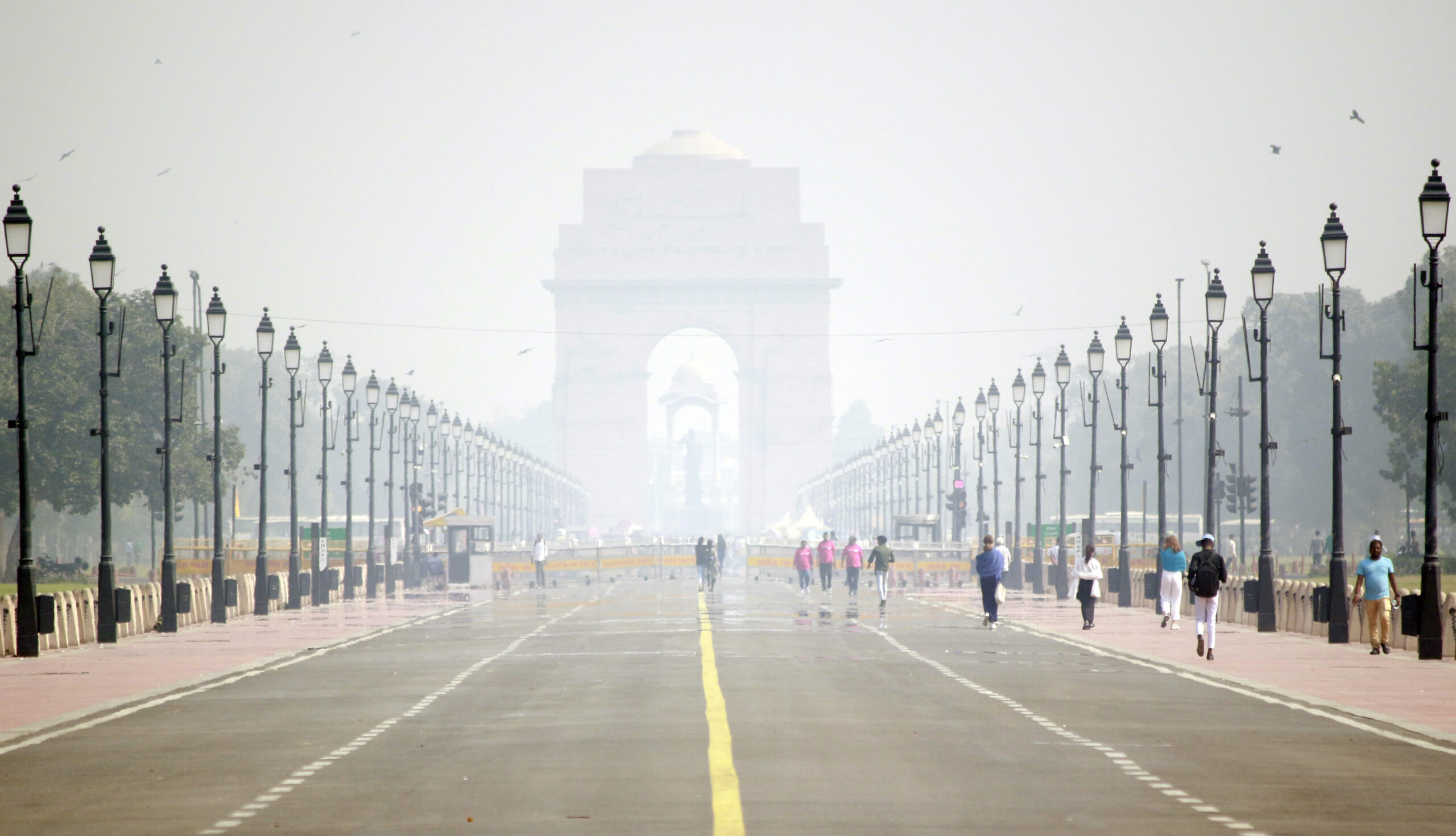NEW DELHI: Residents of Delhi-NCR and several parts of northern India woke up to strong tremors early Monday morning as a 4.0-magnitude earthquake shook high-rise buildings, prompting many to rush outdoors in alarm. According to the National Centre for Seismology (NCS), the quake struck at 5:36 AM IST, with its epicentre in Delhi’s Dhaula Kuan.
While a 4.0-magnitude earthquake is generally considered moderate, this one felt unusually intense due to its shallow depth and close proximity to densely populated areas. Earthquakes originating within a city tend to create stronger shaking, as seismic waves travel a shorter distance before reaching buildings, amplifying their impact.
Delhi, classified under Seismic Zone IV, is vulnerable to moderate-to-strong earthquakes, making localised tremors more pronounced. Experts note that high-rise buildings sway more during quakes due to their structural design, which can enhance the sensation of shaking.
No Major Damage, But Residents on Alert
Authorities have reported no major damage or casualties, though the sudden tremors caused panic among residents. Seismologists are monitoring the situation for potential aftershocks and have urged citizens to stay informed about earthquake preparedness measures.
Why Did the Tremors Feel So Strong?
✅ Epicentre Within Delhi – Since the earthquake originated beneath the city, seismic waves had less distance to travel, leading to stronger tremors.
✅ Shallow Depth – Earthquakes closer to the Earth’s surface generate more intense shaking than deeper ones of the same magnitude.
✅ Urban Infrastructure – High-rise buildings in Delhi, Noida, and Ghaziabad sway more due to their height, intensifying the sensation.
✅ Soil Composition – Soft alluvial soil in parts of Delhi can amplify seismic waves, further increasing the impact.
Why Did This Earthquake Occur?
Delhi sits near active fault lines, including the Delhi-Hardwar Ridge and the Mahendragarh-Dehradun Fault, making it prone to seismic activity. The tremors were triggered by tectonic plate movement along one of these faults, where stress builds up over time and is released as an earthquake.




